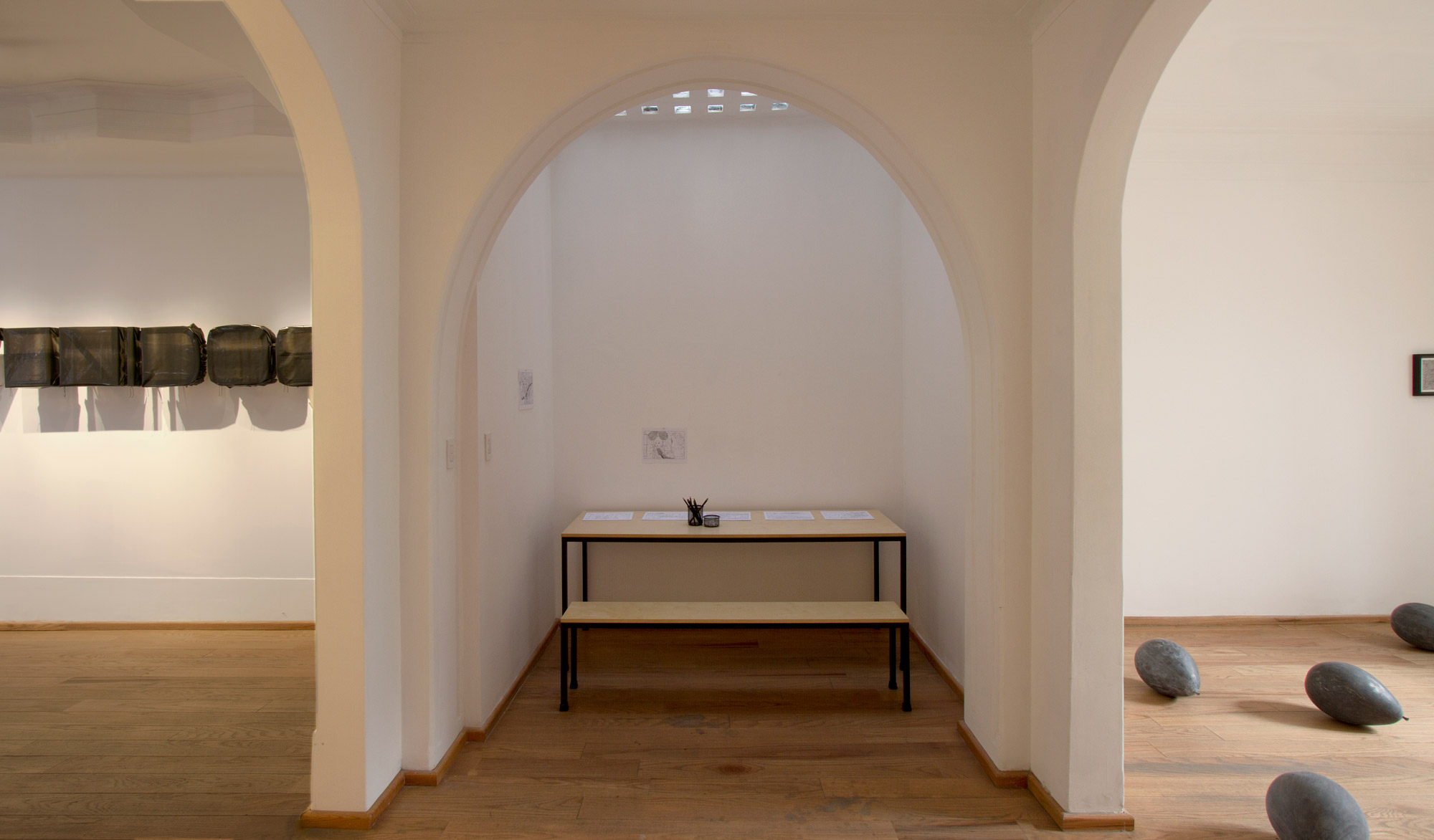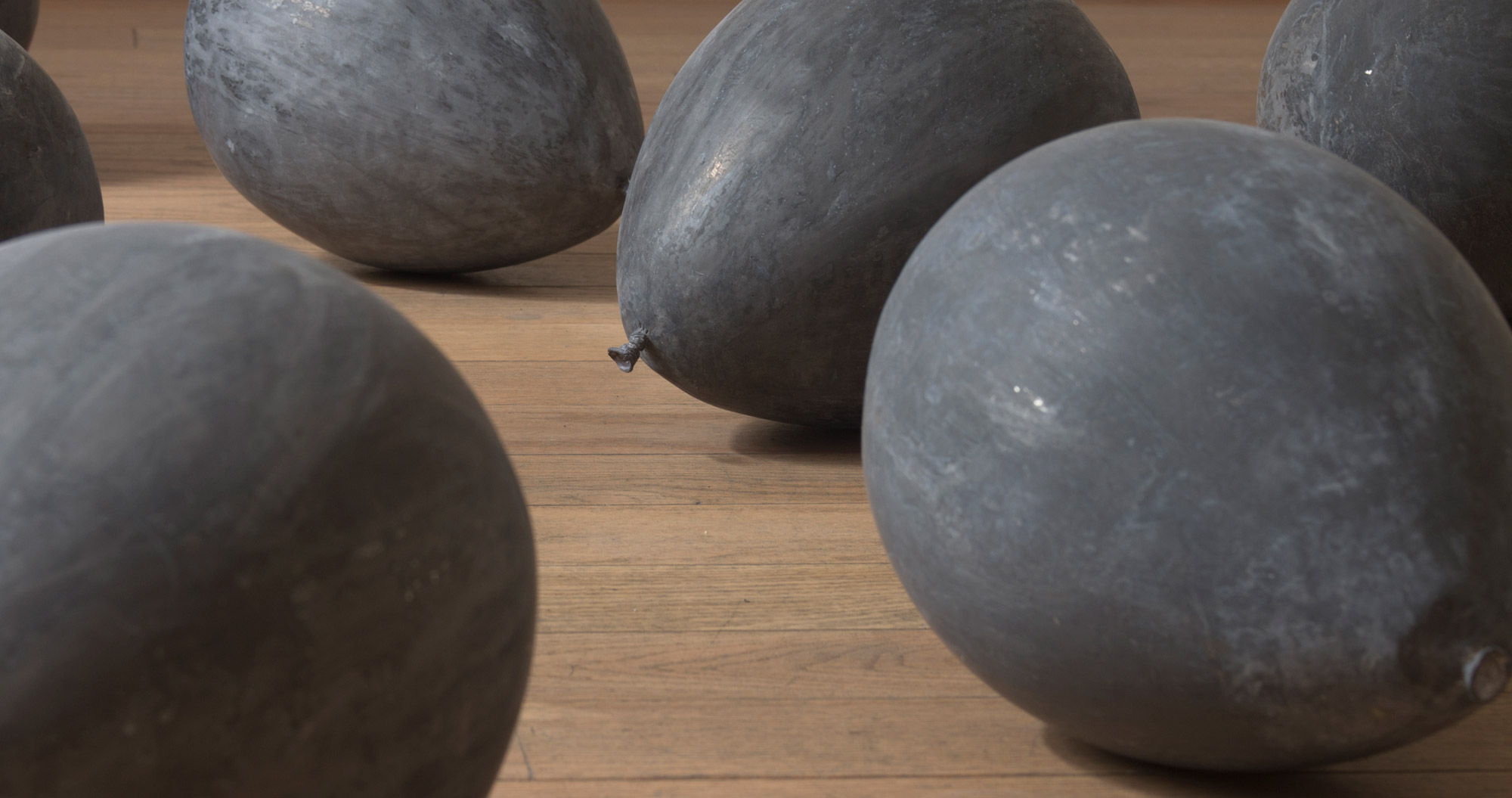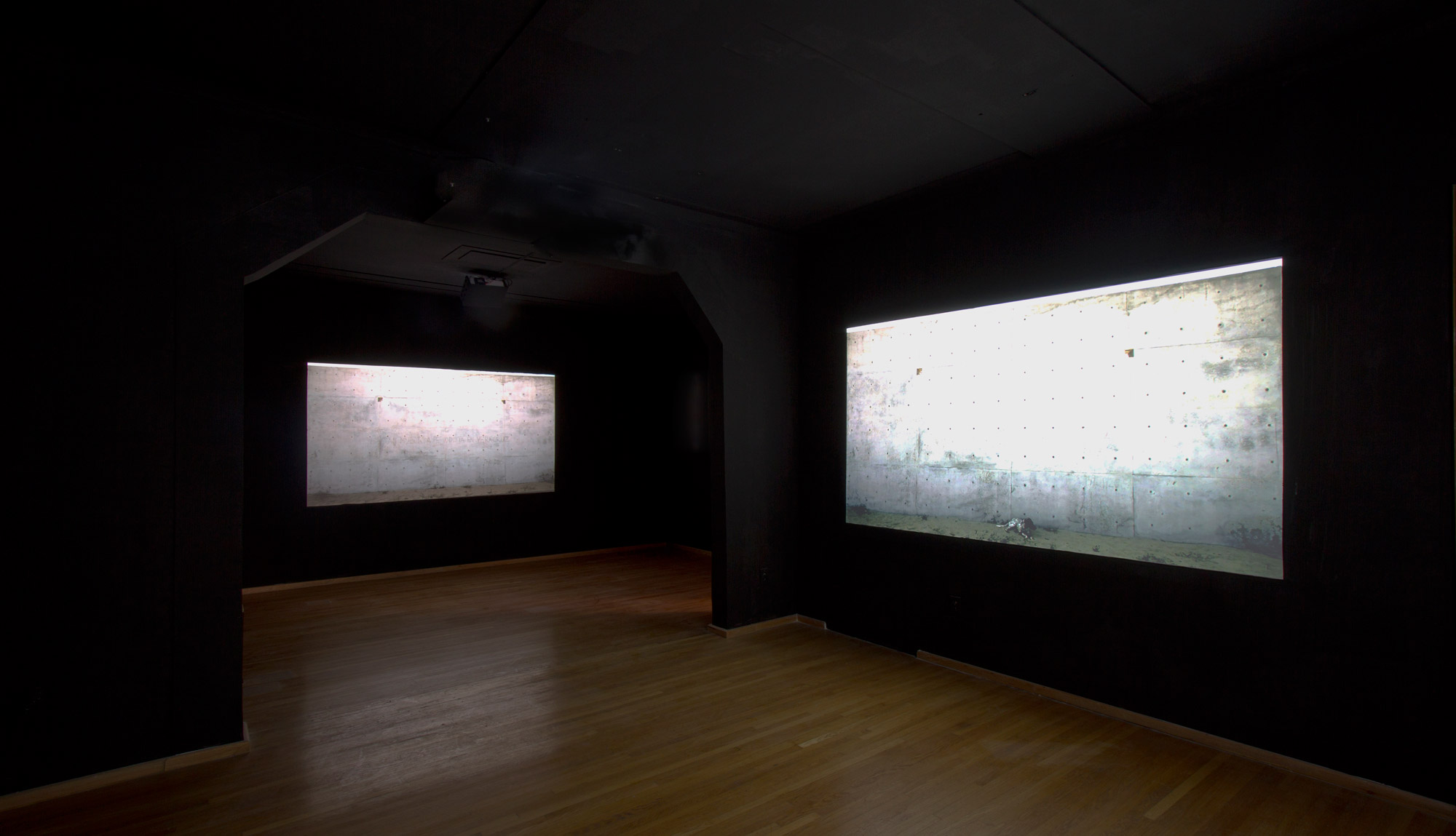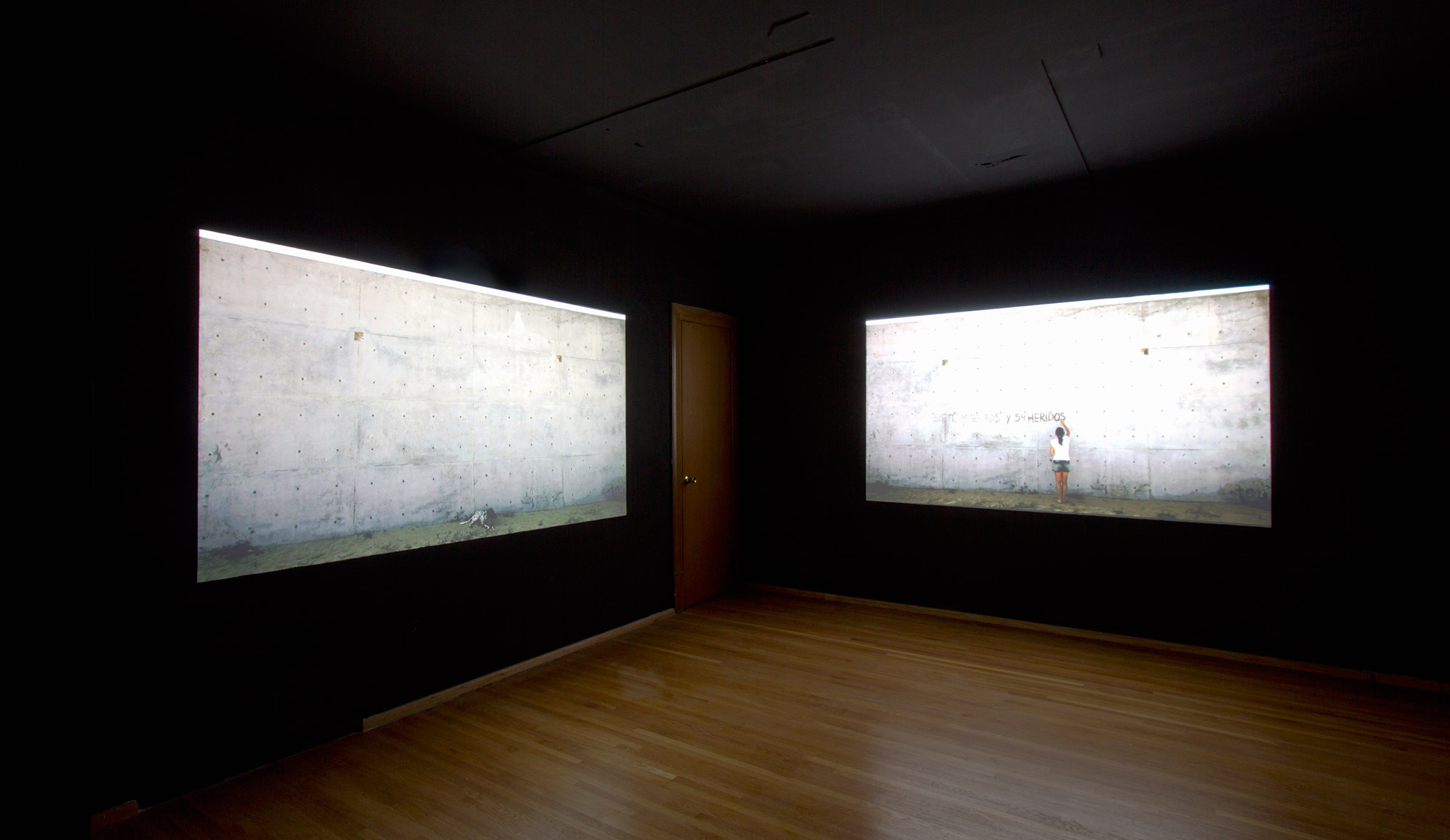Bienvenidos
MARILÁ DARDOT
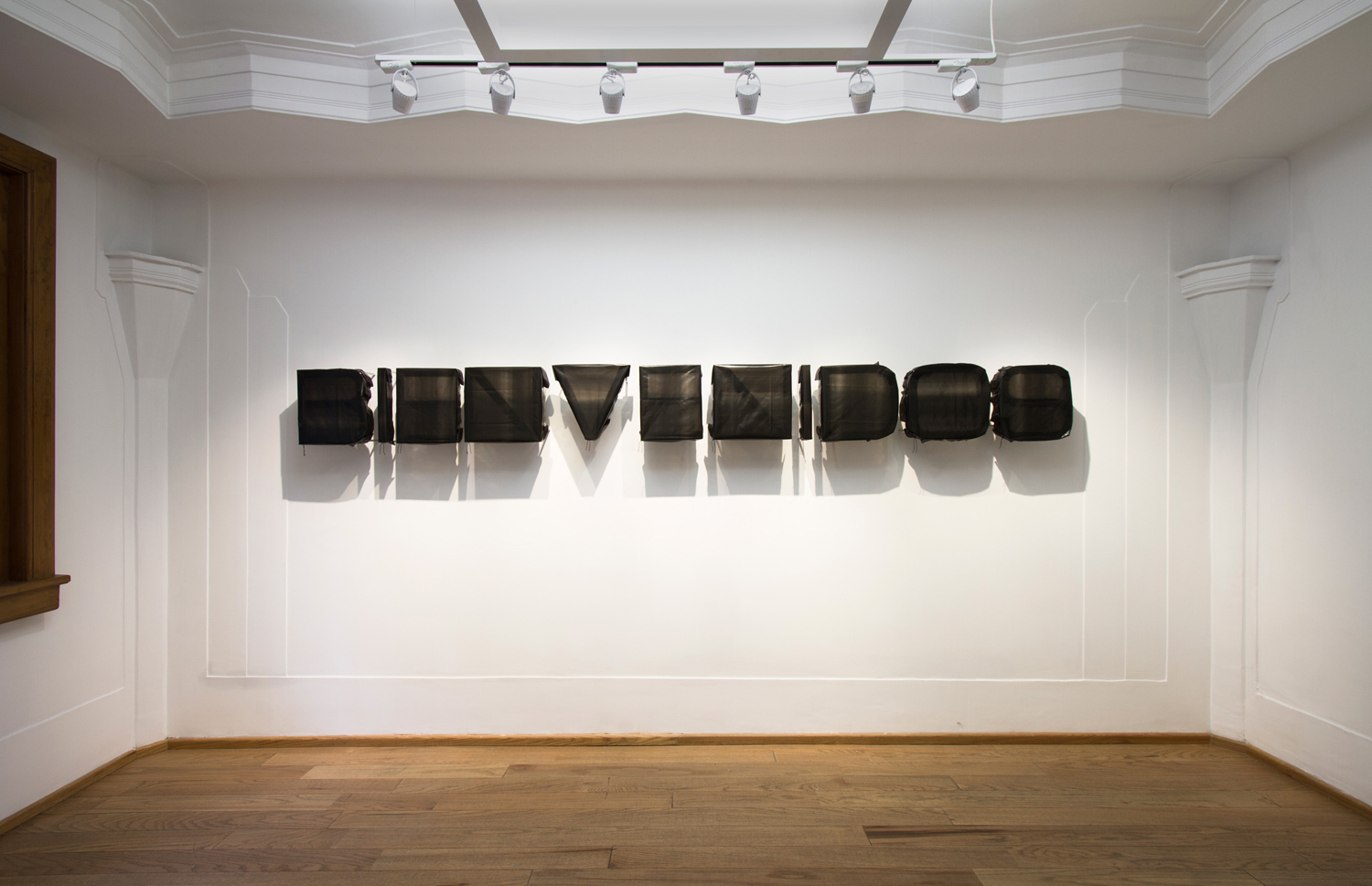
The migration route is one marked by signs, perverse terms and procedures. The greeting signal that every border crossing confers its visitors, is not destined for all. Whether it is from Honduras, El Salvador, Guatemala or Mexico, whether they come on board the Beast or a precarious vessels used as an alternative transportation, those who manage to reach the inhospitable US border detention facilities of Immigration and Customs Enforcement (ICE), better known as “ice-box”, and they are "lucky" enough to be transferred to the Refugee Resettlement Office, initiate the corresponding procedures waiting to qualify for a trial - the most tragic stories are the most likely to succeed - to enable them to obtain a special visa or political asylum. In the worst case, staying as undocumented in the country is better than returning to their place of origin, besieged by violence generated by gangs and by narco wars.
Among this plethora of signs, a particularly mundane signal emerged. When in 2014 the United States declared a migratory crisis considering the sudden increase of children detained on the US-Mexico border, and the first deportation of a group of children to San Pedro Sula, Honduras occurred, the very prestigious news agency Reuters reported the event with disconcerting ingenuity: "Looking happy, the deported children left the airport under a cloudy sky and a hot afternoon. One by one, they got on a bus, playing with balloons that had been given to them. "For Marilá Dardot, an artist whose attention is focused on the fragile intersection between language and its supports (the word, the page, the book, the wall) and who has explored the terms of that relationship in political speech and its discrepancies, that feeble and quiet signal of the return to innocence that expressed the tragedy of a hopeless journey. In reproducing these globes with the ominous weight of lead, Dardot alludes to the transnational resistance to recognize the shared responsibility of this exodus, as well as to the physical threats that chase migrants beyond their places of origin.
That permanent sign of violence, reinforced by images of death and helplessness day by day, is expressed in an anthology of journalistic photographs that have shown the atrocities that occurred along the migratory route. Gathered in the form of a children's sketchbook, the standardization of these images and the need to express them before the inevitable lost innocence, are recognized. For Dardot, that loss also goes through the very use of language, the authority of the printed word and its digital equivalent, the real impact of the testimonies and the value of millions of tons of printed paper reproduced every year. The press headlines written with water on a concrete wall by the artist, testify with vociferous certainty the crisis of their meaning, decomposed by a thousand discordant voices as they come out of the press.
Tatiana Cuevas
